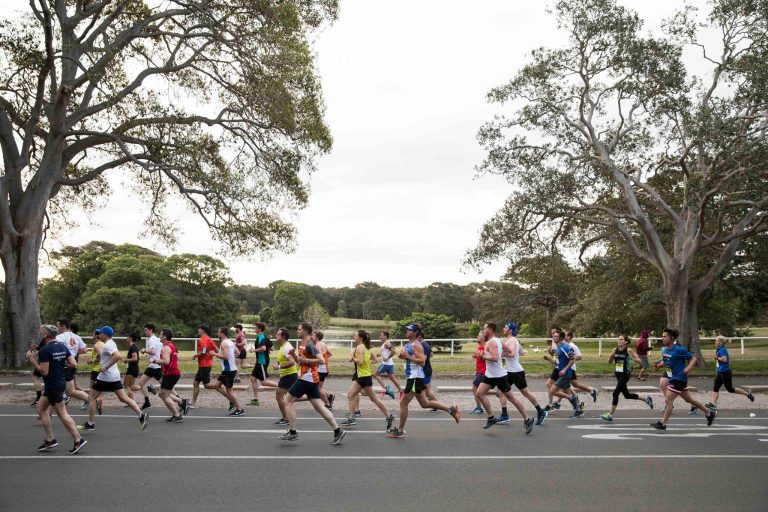Part 3: Interaction of the $1.6m pension transfer cap and death benefit payments
In last month’s Part 2 of the super changes newsletter, “I have more than $1.6m in pension phase, so what are my options?”, we discussed the $1.6m Transfer Balance Cap (“TBC”) and “Transfer Balance Account (“TBA”). This discussion is relevant to accountants in Sydney who are seeking comprehensive information on these topics.
Not only does this TBC affect members currently receiving pensions from their self-managed fund (“SMSF”), but it also impacts members upon death and their estate planning. It is essential to understand how the TBC impacts death benefit payments and plan for this now to ensure appropriate arrangements are made before the introduction of the TBC on 1 July 2017.
The main estate planning issue is the effect of Reversionary Pensions versus Non-Reversionary Pensions and the interaction with a member’s TBC and the nominated beneficiary’s TBC. Here are some considerations when deciding whether a Reversionary or Non-Reversionary Pension is appropriate for your succession planning strategy for your Account Based Pension (“ABP”).
Note: for a pension to be reversionary, it must be automatic and documented in the pension commencement minutes, so there is no trustee discretion to pay to another beneficiary or in a different form, such as a lump sum.
| Reversionary Pensions | Non-Reversionary Pensions | |
| Death benefit payment – when does it have to be paid? | Automatic reversion to the nominated beneficiary (e.g. to the surviving spouse) upon the death of a member | Cashed “as soon as practicable” * |
| Can the pension form part of the member’s Estate | No | Possibly – the SMSF trustee has discretion on how benefits are paid subject to the rules of the trust deed.
The super benefits can be paid to the dependants &/or Legal Personal Representative of the deceased member. |
| Transfer Balance Account (“TBA”) impact. | Credit to the reversionary beneficiary’s TBA occurs 12 months after the member’s date of death.
The amount credited to the TBA is the market value of the ABP at the date of death – hence any growth or decline in the pension from the date of death and over the 12-month period is excluded. | If a death benefit pension is paid, the recipient’s TBA is credited when the pension commences.
The amount credited to the TBA is the market value of the new ABP at the commencement date. |
| Minimum pension payments required | A minimum pension payment is required in the year of death based on the deceased member’s pension percentage. Then it changes to the recipient’s pension percentage on 1 July. | No minimum pension payment is required in the financial year of death. |
* ”as soon as practicable” – there is no specific definition of what constitutes “as soon as practicable”. However, if the death benefit lump sum payment or a new pension commences after 6 months, there should be reasonable reasons for this, not simply for tax reasons or inconvenience.
Example – Reversionary Pension
Consider Jack and Jill, who started reversionary ABPs from their SMSF valued at $1m and $1.6m, respectively, at commencement on 1 July 2017.
Jill passed away on 30 June 2018, and their pension interests are now valued at $1.3m for Jack and $2m for Jill.
On 30 June 2019, 1 year after Jill’s date of death, her pension was valued at $2.2m and Jack’s at $1.5m.
What has to happen 12 months from the date of Jill’s death?
On 30 June 2019, Jill’s $2m ABP reverts to Jack. The TBC for Jack is $1.6m, so Jill’s reversionary $2m pension will trigger an excess of his TBC if he doesn’t do anything. Jack has two choices:
1. Commute all of Jack’s pension and keep as much of Jill’s pension in the fund
Jack commutes his pension, now valued at $1.3m, back to accumulation resulting in a negative TBA of $300k ($1m being original pension value – $1.3m commutation value on the date of Jill’s death) and can commence a new death benefit pension of up to $1.9m to stay under his TBC of $1.6m. He starts a death benefit pension of $1.9m and must take the excess of $100k as a death benefit lump sum. Thus $3.2m of the $3.3m pension balance at the date of death remains in the super fund.
2. Retain Jack’s pension and keep as much of Jill’s pension in the fund
On the date of death, Jack could commence a death benefit pension of $600k ($1.6m TBC – $1m being original pension value) and then take the $1.4m remaining of Jill’s pension as a death benefit lump sum.
Example – Non-Reversionary Pension
In the above example, if a reversionary pension was not in place and Jack had exercised his Trustee’s discretion on 30 June 2019 to receive a death benefit pension, the outcome would be as follows:
1. Commute all of Jack’s pension and keep as much of Jill’s pension in the fund
Jack commutes his pension, now valued at $1.5m, back to accumulation on 30 June 2019, resulting in a negative TBA of $500k and can commence a new death benefit pension of up to $2.1m. He starts a death benefit pension of $2.1m and must take the excess of $100k as a death benefit lump sum.
2. Retain Jack’s pension and keep as much of Jill’s pension in the fund
On 30 June 2019, Jack could commence a death benefit pension of $600k ($1.6m TBC- $1m being original pension value) and then take Jill’s pension’s $1.6m remaining as a death benefit lump sum.
Kreston Stanley Williamson Team
*Correct as of March 2017
Disclaimer – Kreston Stanley Williamson has produced this article to serve its clients and associates. The information contained in the article is of general comment only and is not intended to be advice on any particular matter. Before acting on any areas in this article, you must seek advice about your circumstances. Liability is limited by a scheme approved under professional standards legislation.














